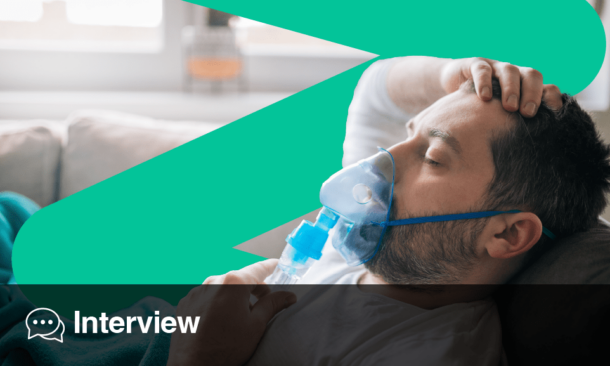MULTICENTRE randomised trial has found that using nasal high-flow oxygen during tubeless upper airway surgery in children does not reduce the frequency of interruptions for rescue oxygenation compared to standard oxygen therapy. The study, conducted across five tertiary hospitals in Australia, provides important insights into the efficacy and safety of oxygen delivery methods in paediatric surgeries.
Tubeless upper airway surgery is a complex procedure where surgeons and anaesthetists share the same operating field, often necessitating pauses for rescue oxygen therapy. The trial aimed to determine if nasal high-flow oxygen could decrease the need for these interruptions. The study enrolled 487 children, aged 0 to 16 years, who required such surgeries between September 4 2018 and April 12 2021. Participants were randomised into two groups: nasal high-flow oxygen and standard oxygen therapy, which delivers oxygen flows up to 6 Liters per minute.
The primary outcome measured was the success of anaesthesia without the need to interrupt the surgical procedure for rescue oxygenation. This could involve positive pressure ventilation via bag mask technique, insertion of an endotracheal tube, or a laryngeal mask. Secondary outcomes included the proportion of procedures with hypoxemic events (SpO2 <90%).
The study included 528 procedures in the intention-to-treat analysis after exclusions. Of these, 267 were assigned to the high-flow oxygen group and 261 to the standard care group. The primary outcome was achieved in 88% of the procedures in both groups, with 236 out of 267 in the high-flow oxygen group and 229 out of 261 in the standard care group (adjusted risk ratio [RR] 1.02, 95% CI 0.96–1.08, p=0.82). Hypoxemic events occurred in 19% of the high-flow group and 22% of the standard care group (RR 0.86, 95% CI 0.58–1.24). Furthermore, there were no significant differences in the prespecified secondary outcomes between the groups. Adverse events such as epistaxis, laryngospasm, bronchospasm, hypoxaemia, bradycardia, cardiac arrest, hypotension, or death were similar across both groups.
The study concludes that nasal high-flow oxygen does not provide a significant advantage over standard oxygen therapy in reducing surgical interruptions for rescue oxygenation. Both methods appear to be equally safe and effective for maintaining oxygenation during paediatric upper airway surgery.
Abigail Craig, EMJ, London, UK
Reference
Humphreys S et al. High-flow nasal oxygen for children’s airway surgery to reduce hypoxaemic events: a randomised controlled trial. Lancet Respir Med. 2024;S2213-2600(24):00115-2.








